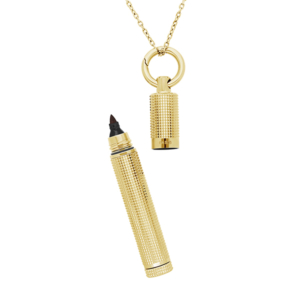
Elsa Peretti, one of the most successful and influential jewelry designers of the past century, died March 18 at the age of 80. She leaves behind no children, no partner (she never married), and no regrets—at least not professionally.
When Tiffany & Co., the jeweler Peretti became synonymous with, reissued nine of her old designs in October 2020, the designer said in a statement, “I don’t have the feeling that I need to add a lot to my collection, because I have an incredibly wide range of things.”
And that was an understatement. Tiffany currently retails over 800 Elsa Peretti SKUs, and in 2019, the company estimated that it sold an object designed by Peretti once every minute.
It’s almost cliche at this point to say that Peretti’s designs are timeless—Tiffany’s sales of her designs, coupled with the high demand for them on the secondary jewelry market, have underscored this fact for years. But there it is: They are timeless. And it’s a fact she always credited to her aversion to complicated, overworked design.
Restraint—that rare talent of knowing how to strip a design down to its essence, paired with the confidence to leave it that way—was central to Peretti’s genius.
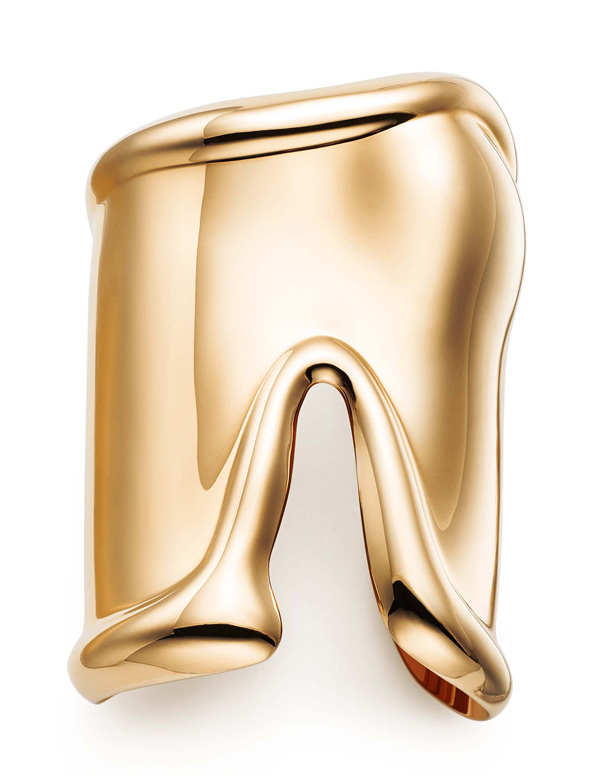
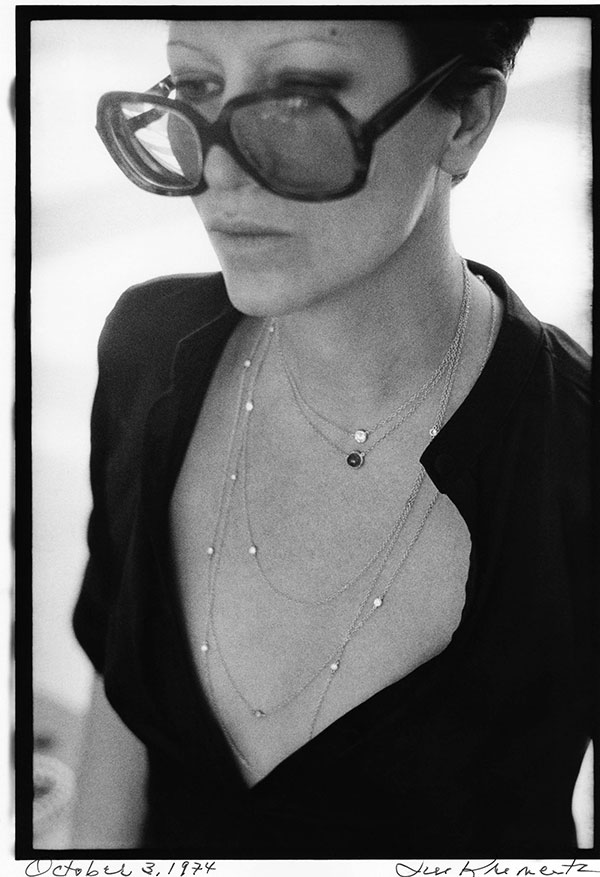
“Style is to be simple” was her motto. And in October 2020, following Tiffany’s reissue of her old designs, she said, “This is part of the secret of my things—they are still valid.”
The designer was inspired by nature, and organic, essential forms, which she borrowed to create sleek, sloping, sculptural pieces that play with light and shadow and showcase the beauty of metal, particularly silver—an alloy she single-handedly brought back into vogue in the 1970s through her commissioned silver collections for Tiffany & Co.
She was a versatile designer; her mesh metal pieces and innovative Diamonds by the Yard necklaces were very different from the liquid-sculpture aesthetics of her most iconic pieces: the Bean, the Open Heart, and the Bone cuff, which was inspired by the human bones of monks she stole as a child from underground crypts in Rome. But in her hands, even statement necklaces studded with glittering diamonds somehow felt elemental, not over-the-top.
“One may think of Elsa as being strong, but when you really look at her designs you really see something nurturing and soulfully deep,” says Gus Davis, president of New York City estate jewelry firm Camilla Dietz Bergeron. “What made her so special and unique is the fact that her designs were simple, classic, distinctive, and wearable. They look great on everyone.… She had a vision that she never veered from.”
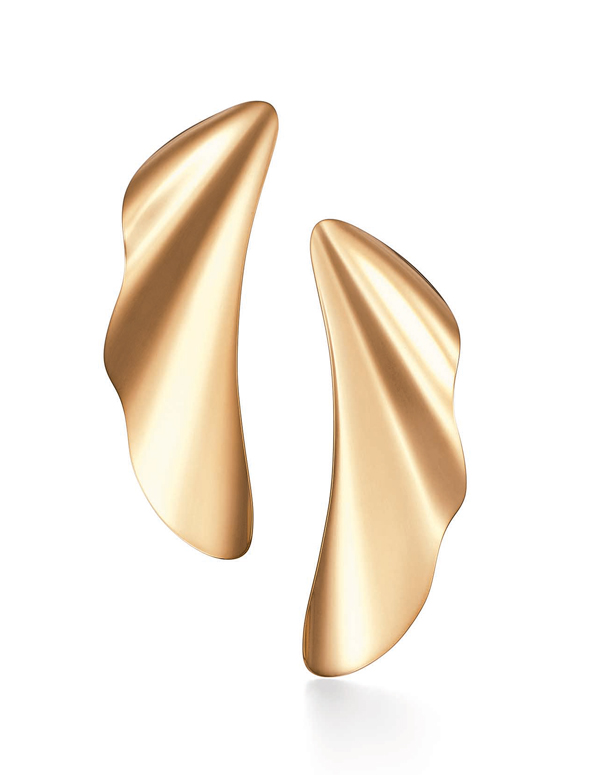
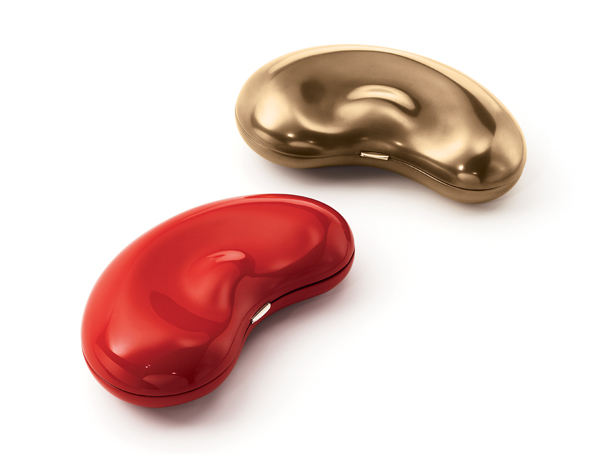
Tiffany & Co. declined to comment for this article but in a prepared statement said, “Elsa was responsible for a revolution in the world of jewelry design. Her collections of organic, sensual forms have inspired generations.… Elsa explored nature with the acumen of a scientist and the vision of a sculptor.”
The Italian designer began her career as a model, for Halston, Issey Miyake, Giorgio di Sant’Angelo, and other fashion houses, following her move to New York City in the late 1960s—after being cut off from financial support from her wealthy family at the hands of her conservative father (the daughter and father reconciled in 1977 before his death).
Peretti was inspired to design her first piece of jewelry—a silver bud vase hanging from a leather cord—by an item she picked up at a flea market. She found a silversmith in Spain to craft it (later she would travel the world hunting down master metalsmiths and craftspeople). Certain friends admired the piece and requested one.
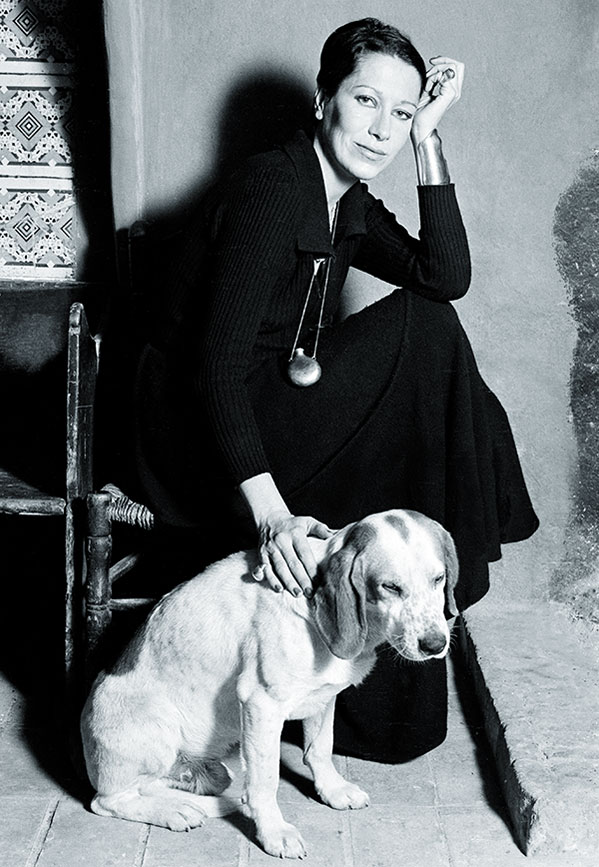
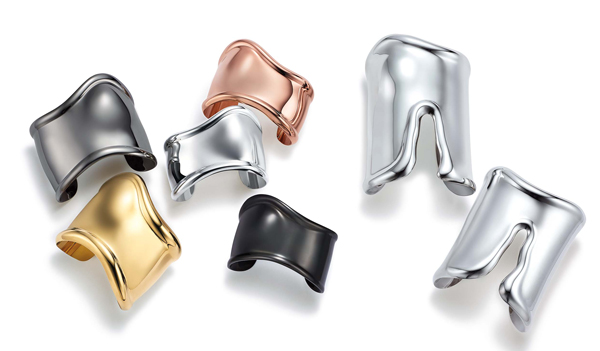
When Tiffany tapped Peretti to design a silver collection for the house in 1974, the brand hadn’t carried silver for a quarter century. She was the perfect pick. The young model–turned-designer not only possessed an eye for designs that connected with modern women. She also brought youthful glamour—and through her collections, accessibility—to the heritage brand, which had become synonymous with intricate, heavily jeweled pieces, notably from prolific French designer Jean Schlumberger.
“The day Elsa Peretti became a part of Tiffany & Co. was the day we entered a new era in our history of design innovation,” Tiffany & Co. chairman William R. Chaney said in 2001.
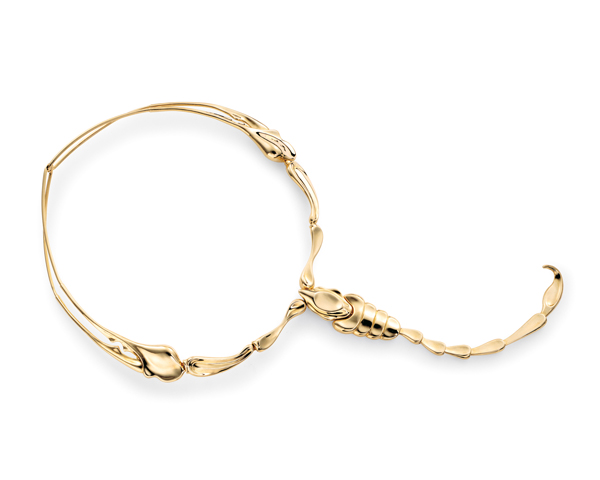
Peretti announced she was retiring in 2012 and negotiated a new 20-year contract in which she kept ownership of her designs (Tiffany had asked to buy them) and was paid more than $47 million, plus an additional $450,000 a year and a 5% royalty on net sales of her designs, according to the Washington Post. The contract remains in force even now, after her death.
“It was my price for the past,” Ms. Peretti told Vanity Fair in 2014. “It might look like a lot, but, after taxes, it’s not really, for the work I’ve done.”
She’ll get no argument here.
Top: Elsa Peretti (photo: Tiffany & Co./Eric Boman)
Follow Emili Vesilind on Instagram: @emilivesilind
- Subscribe to the JCK News Daily
- Subscribe to the JCK Special Report
- Follow JCK on Instagram: @jckmagazine
- Follow JCK on X: @jckmagazine
- Follow JCK on Facebook: @jckmagazine







